Of all the boats I’ve built and cruised with, my sneakbox LUNA is the one that has meant the most to me from gathering the materials to build her to having her see me safely through my most challenging voyage. All the planking for her cold-molded deck and hull came from a large western red cedar driftwood log I towed by kayak to my home beach and split by hand with a maul and wedges. I constructed the sneakbox in a cabin/shop I’d built deep in the foothills of Washington’s Cascade Mountains where my electricity came from alkaline batteries and the running water was the South Fork of the Sauk River, a lazy stone’s throw from the front door. When her hull had enough of a finish to be weatherproof, I hauled her on a sled towed by a snowmobile 14 miles to the roadhead and moved to another utility-free cabin on Lopez Island.LUNA was meant for a winter cruise from Pittsburgh, Pennsylvania, to Cedar Key, Florida, by way of the Ohio River, the Lower Mississippi River, and the Intracoastal Waterway skirting the Gulf of Mexico. For two-and-a-half months in the winter of 1985, she carried me 2,400 miles through storms, floods, ice, darkness, log jams, and whirlpools. On this morning in 1986, I was rowing about a mile off Florida's Gulf coast on the last day of 2-1/2 months of rowing and sailing from Pittsburgh. I had my camera strapped to the end of LUNA's boom.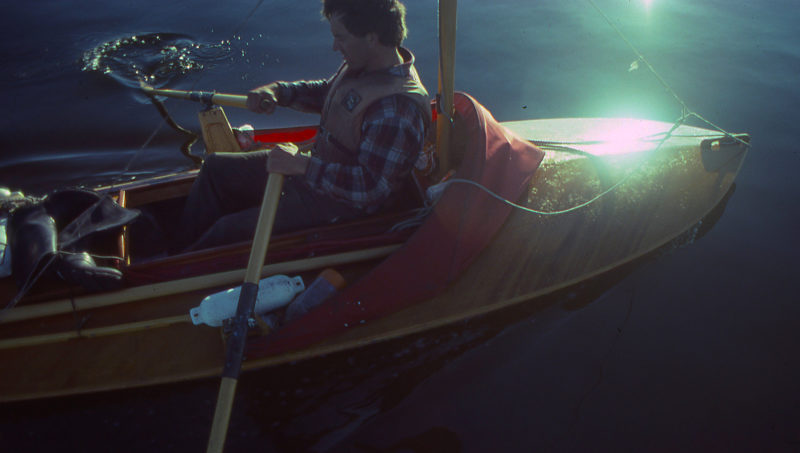
Join The Conversation
We welcome your comments about this article. If you’d like to include a photo or a video with your comment, please email the file or link.
Comments (10)
Leave a Reply
Stay On Course

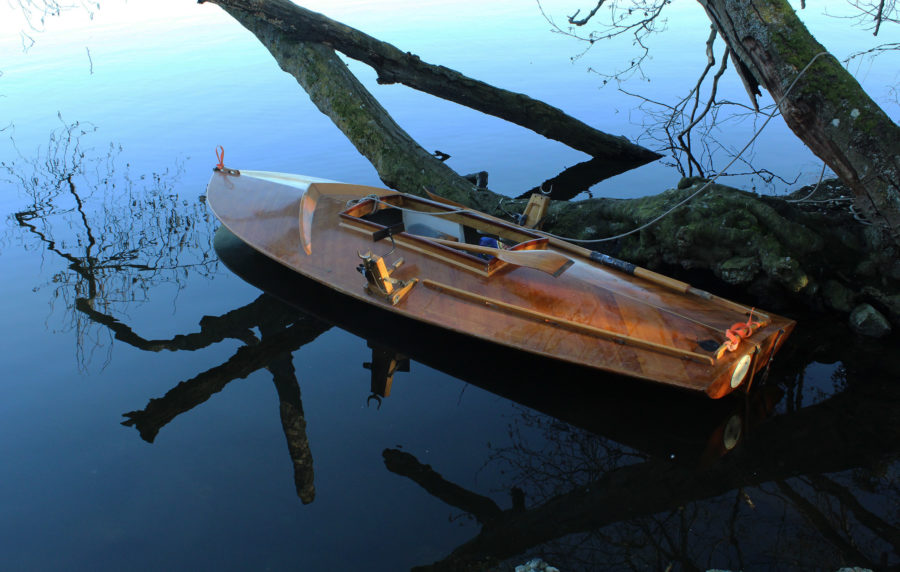
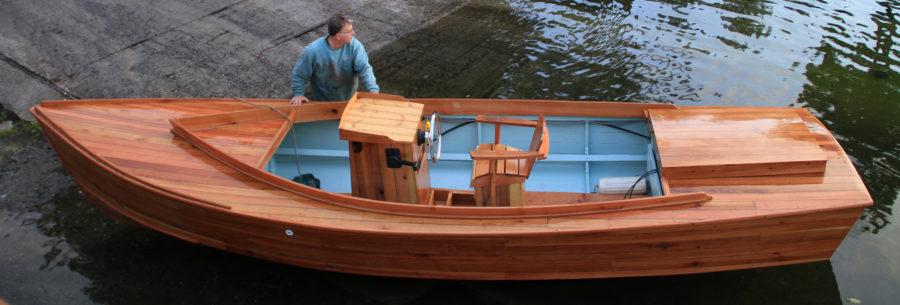
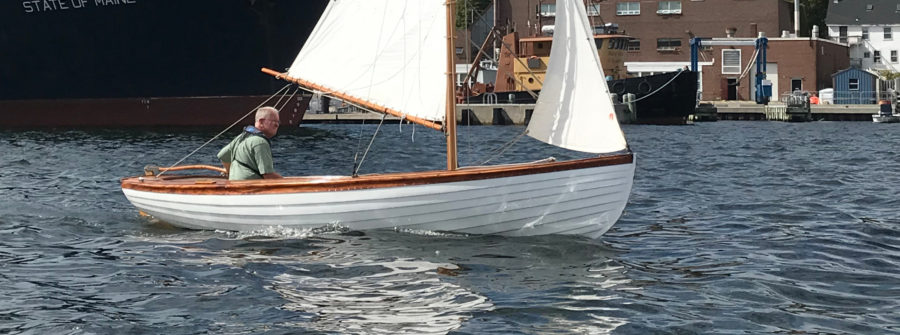
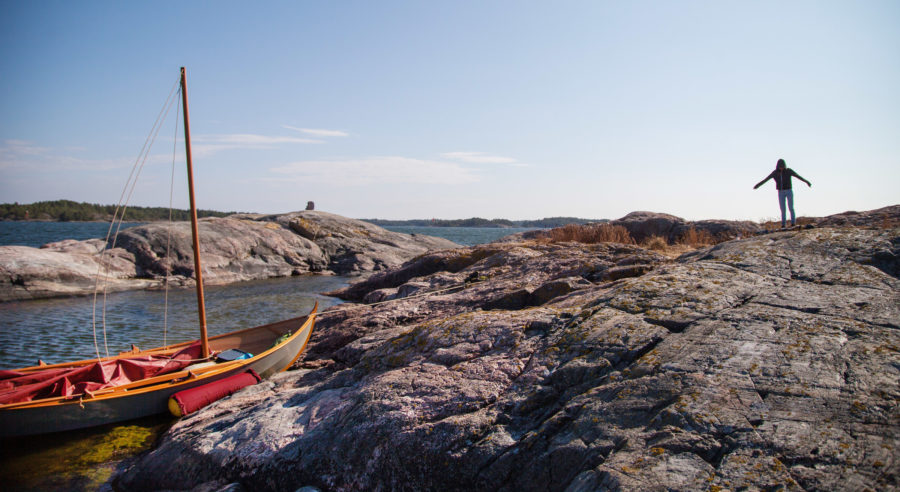
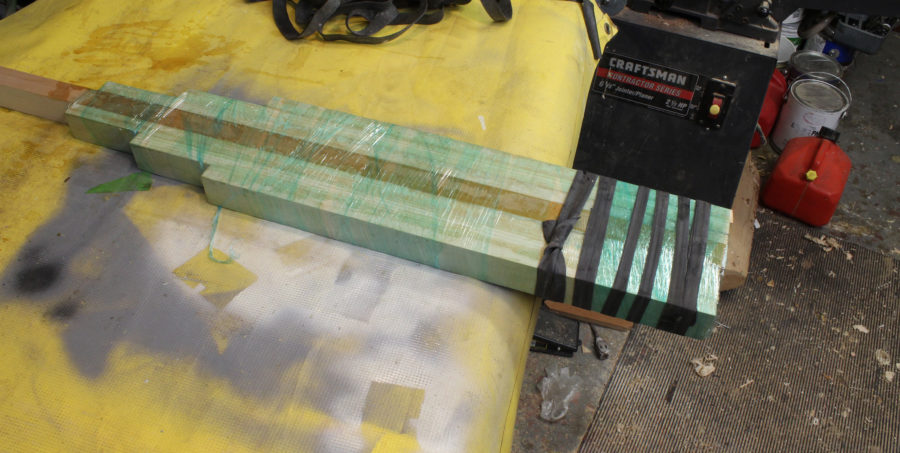
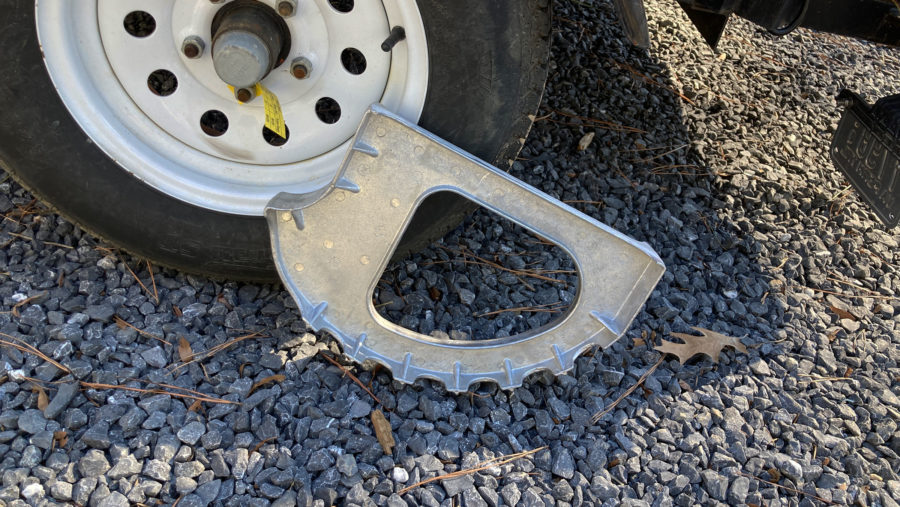
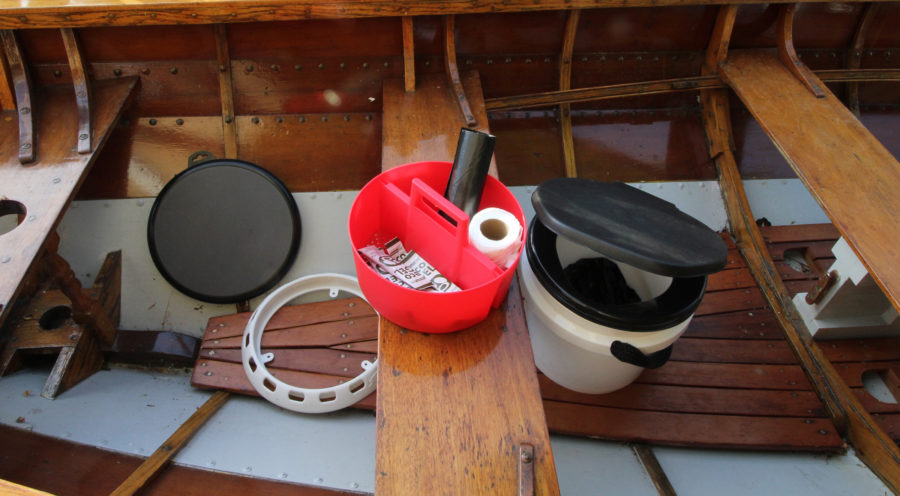
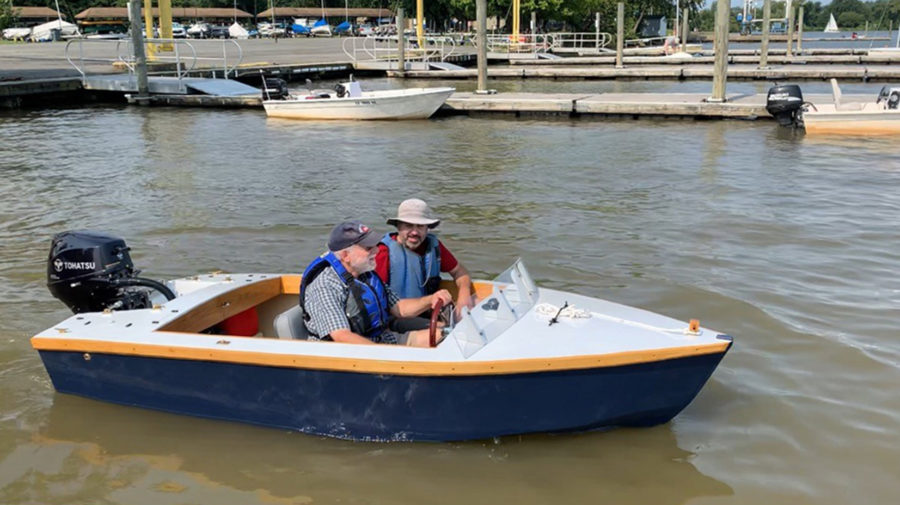
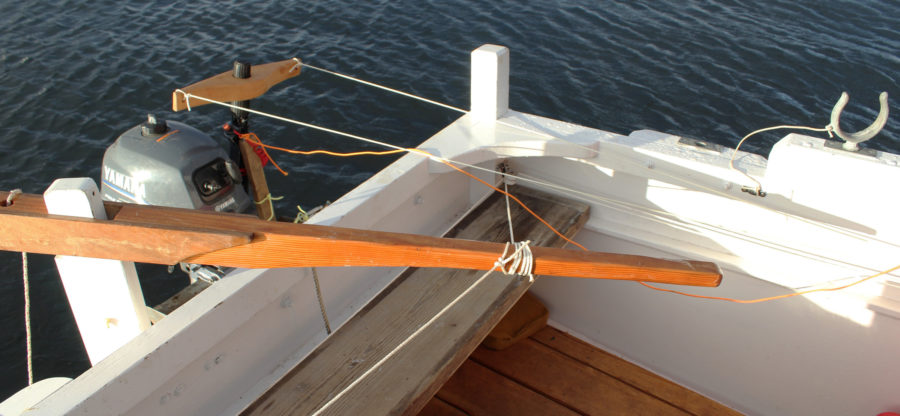
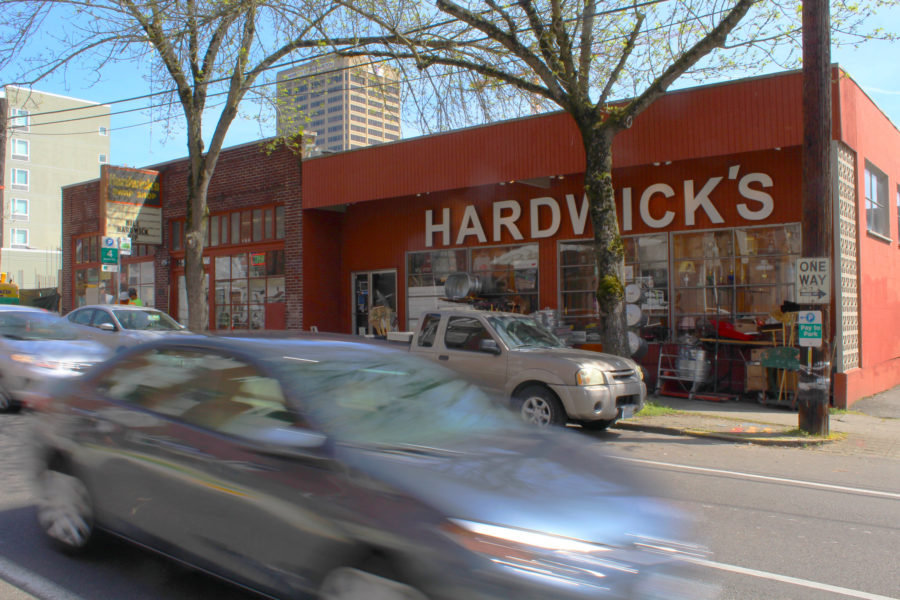
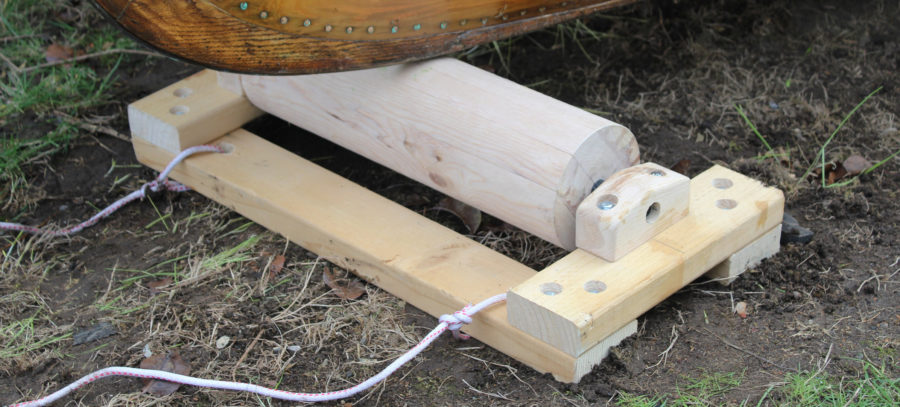
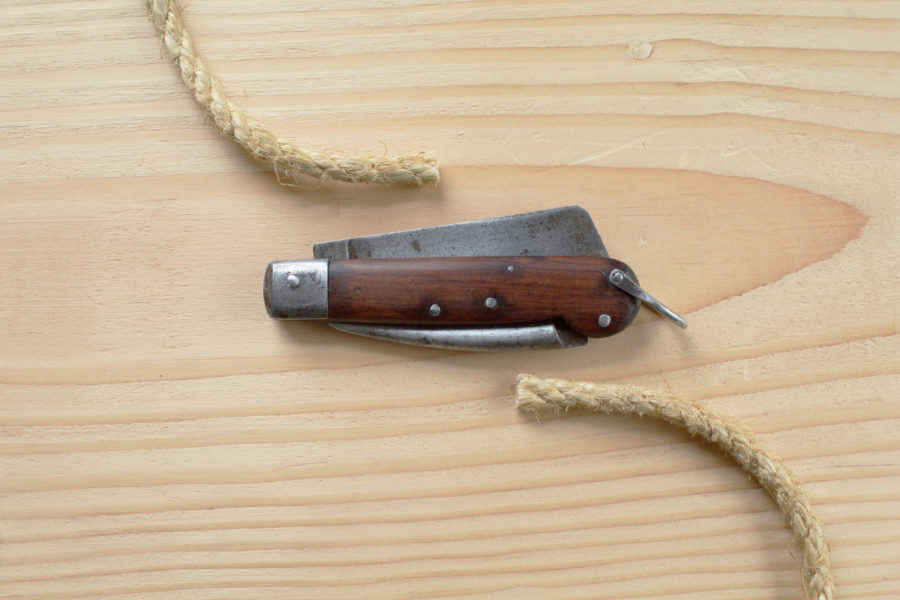
I’ve built several sneak boxes and thy are a lot of fun. I’d like to strip build one. Do you know of any plans. I think I remember your article.
The plans I used for my sneakbox came from Chapelle’s American Small Sailing Craft. The table of offsets is included in the drawing and one could easily make the molds and strip-plank the boat. The plans have the length at 12′ 2″; I stretched the mold spacing to get an LOA of 13′ 9″.
Skipper says when you were young you got to create those memories so that you can cherish them today, and LUNA was happy to help you refresh those memories. We’re sure that LUNA had just as good a time messing about with you in the 21st Century as she did in the last millennium.
Sympathy……..Mirrors, lumbering, etc…. Same here….. BUT….We never give up…. Our boats are too much of who we think we are….
Rod, There should be plans for sneakboxes in every size from the more traditional 12′ 6″ duckboat length right through to the 20′ racing sneakboxes at Independence Seaport in Philadelphia. There are a variety of hulls including some drawn by naval architects including Charles Mower, and others of almost equal skill. The museum should be able to provide a really complete set for a wonderful duckboat that I assisted Dave Dillion in documenting back in the 80s. There’s also a set of a Perrine or Beaton 15′ boat (the two most excellent builders of that class!) Finally, you should be able to find plans for an “improved” Sneakbox “Cruiser” in Rudder magazine.
Ideas on forward facing rowing would be helpful.
Read with a smile. Good commentary on enjoyment and age. I’ll bet you enjoyed writing the piece. That sort of comes with age. Thanks for sharing.
It’s a fortune to have good memories of that epic journey down the Mississippi so many years ago in your home-built wooden sneakbox.
And it’s good that you did not sell it, so you can use it any time you like.
Sleeping on board of an open boat is getting harder with age!
On my Harrier, the floor is just wide enough for sleeping for two on self-inflating foam pads right on the red-cedar boards.
Anyway, I always remember that song of Charles Aznavour, “Yesterday, When I Was Young.”
What a lovely tale! I hope that you and LUNA will have many more happy voyages, even if they are just short jaunts across the lake.
I just read this for the first time. What a treat. Thank you